What’s become of Otl Aicher’s former abode? A visit to the Allgäu.
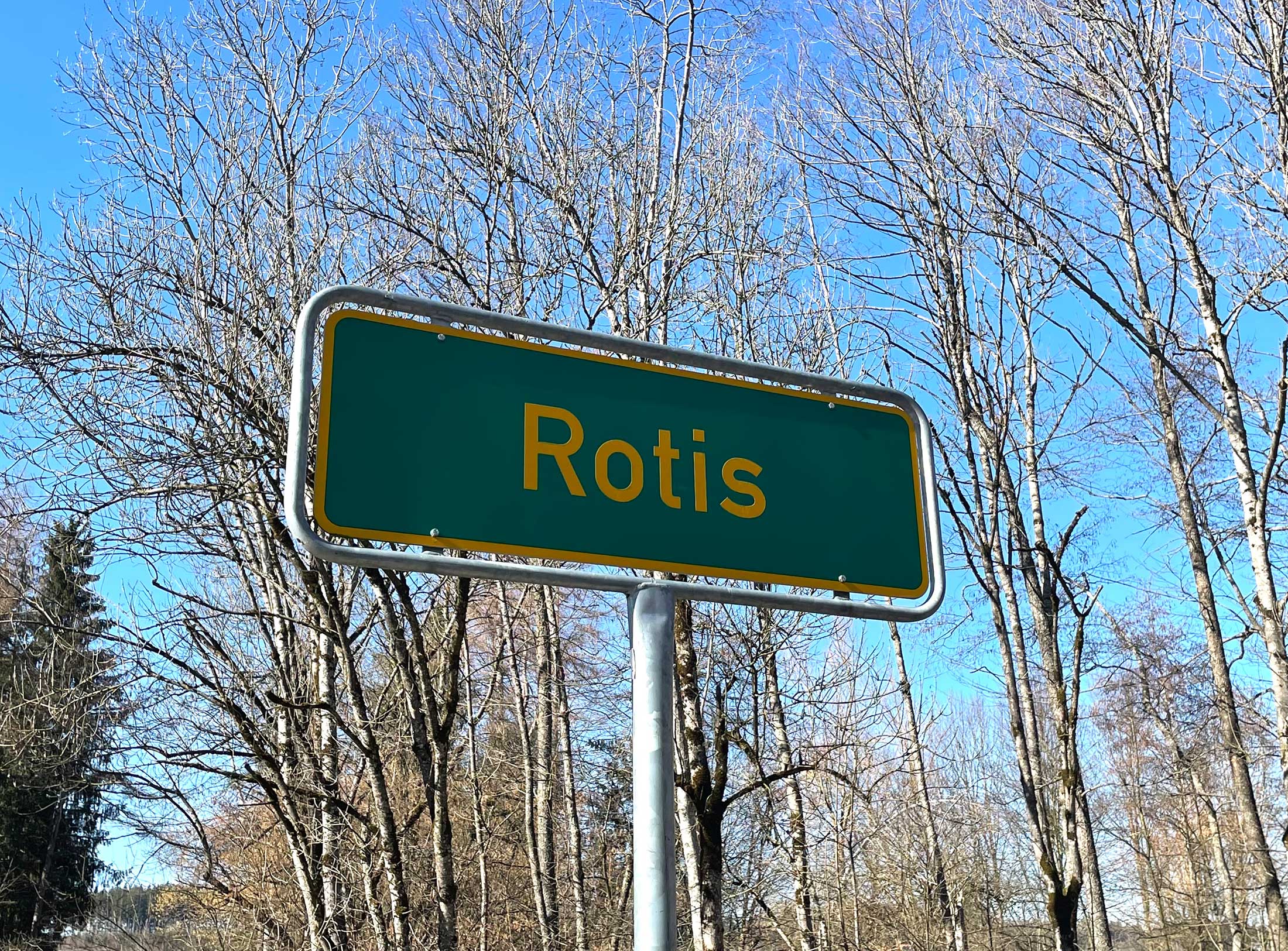

What’s become of Otl Aicher’s former abode? A visit to the Allgäu.
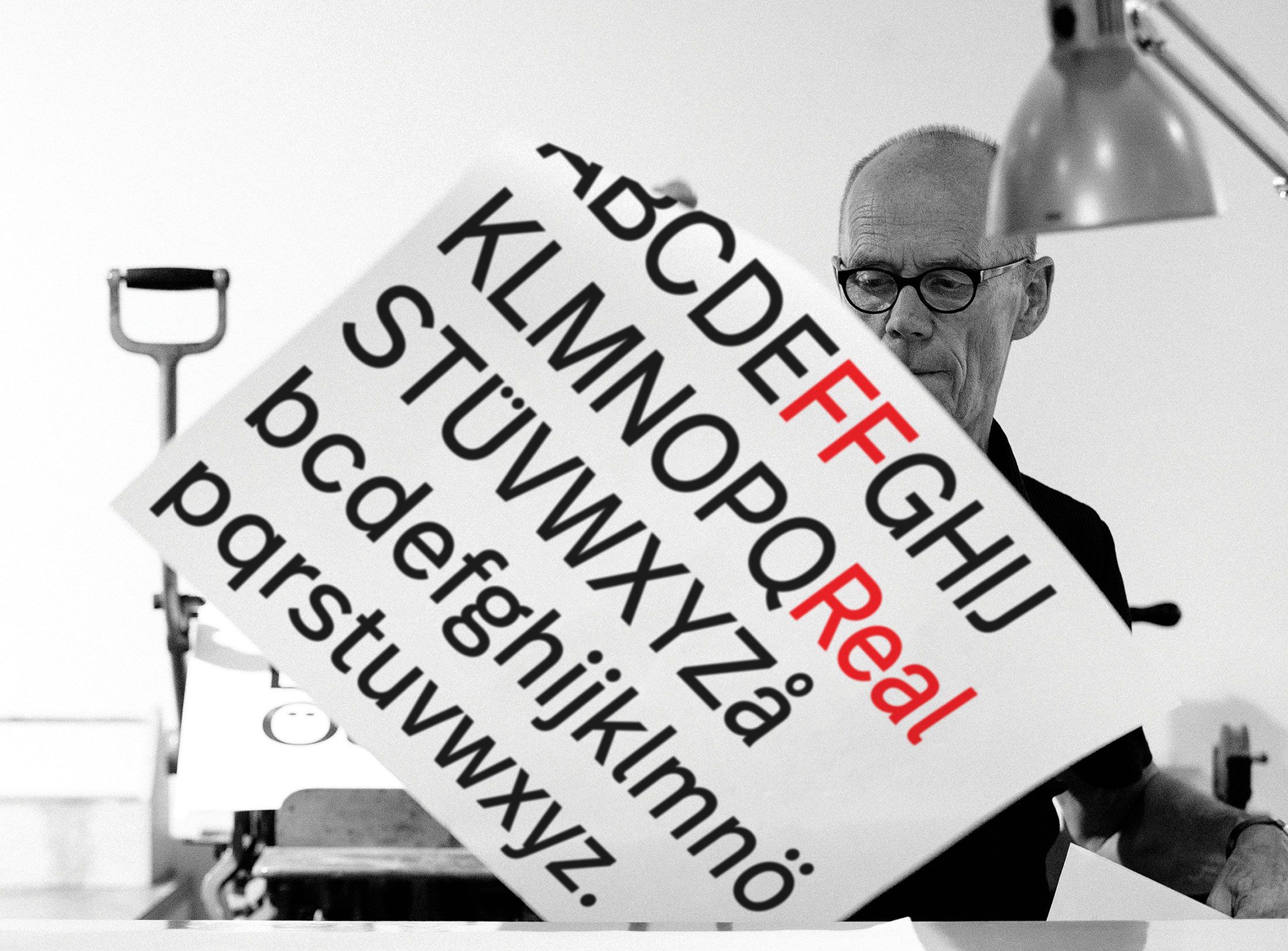
Interviewed: Erik Spiekermann, type designer, author and Aicher critic.
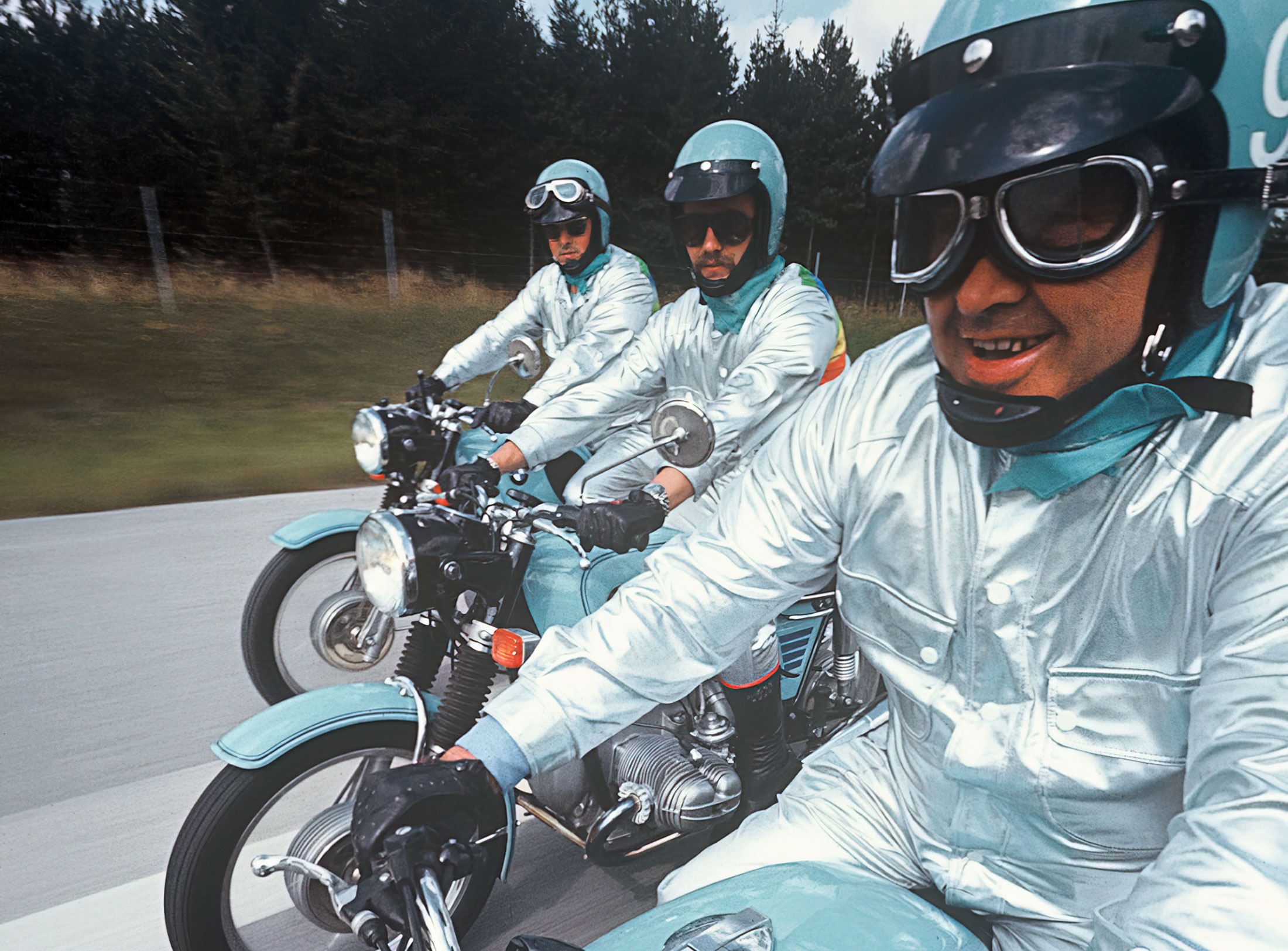
Technology: a central notion and fixed point of perspective in the work of Otl Aicher.
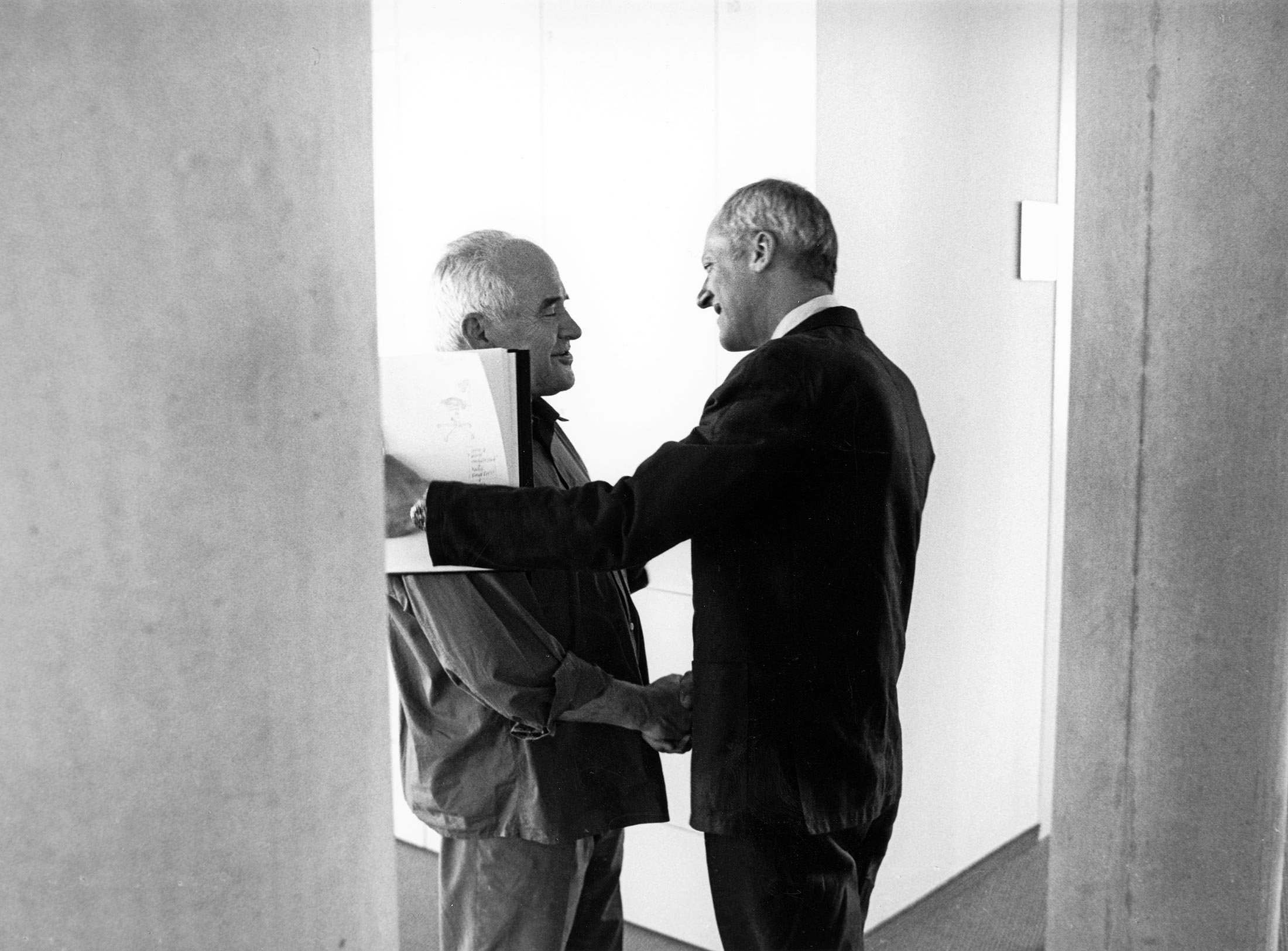
The British architect Norman Foster on his friendship with Otl Aicher: He had absolute integrity.
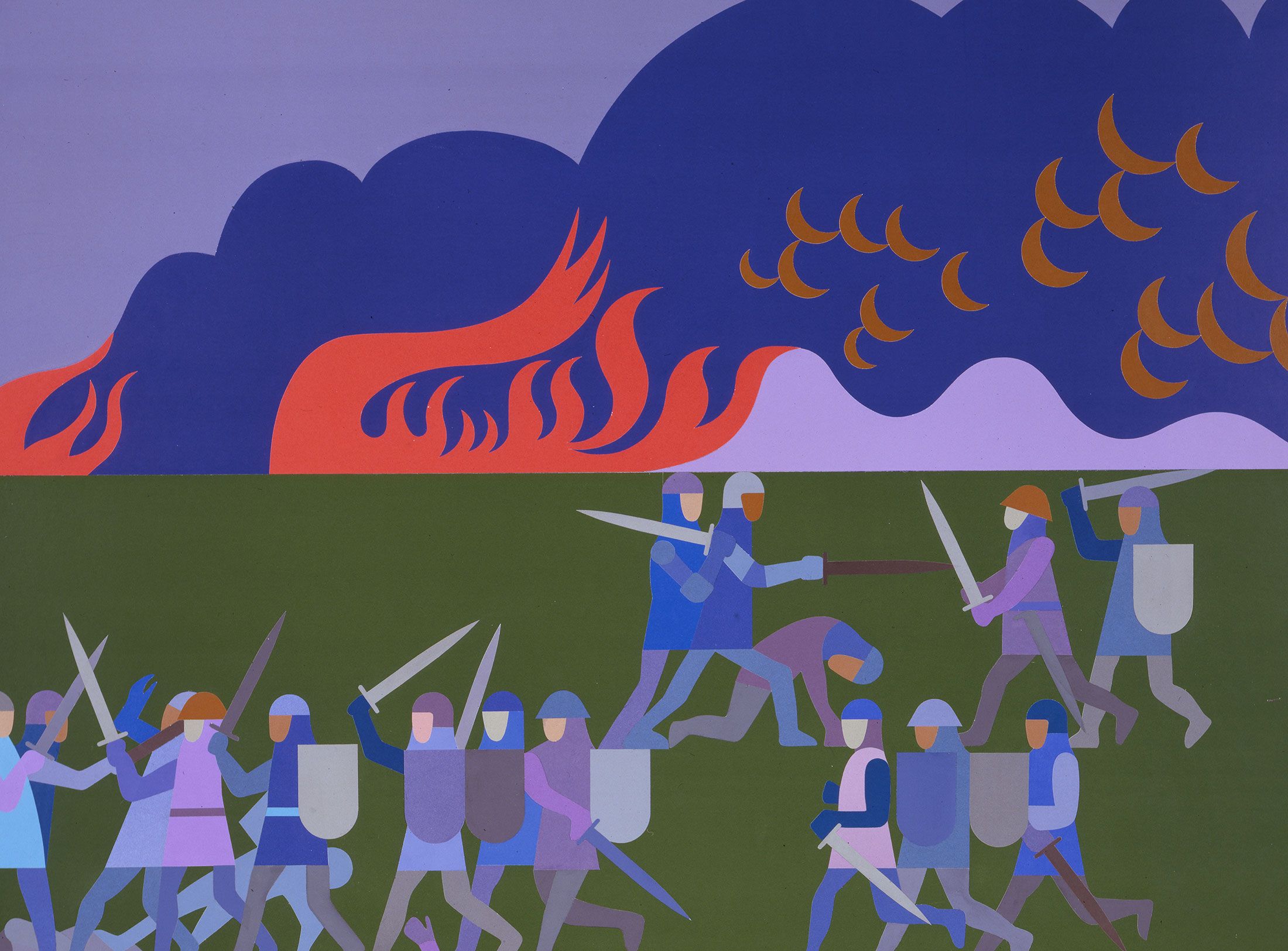
Thoughts on the colour palettes of Otl Aicher.

Absolute sharpness, reduction and strict rules determine the character of his pictures: Otl Aicher as photographer.

Under Otl Aicher’s direction, designers, architects and landscape planners shaped the face of the Olympic Games 1972.
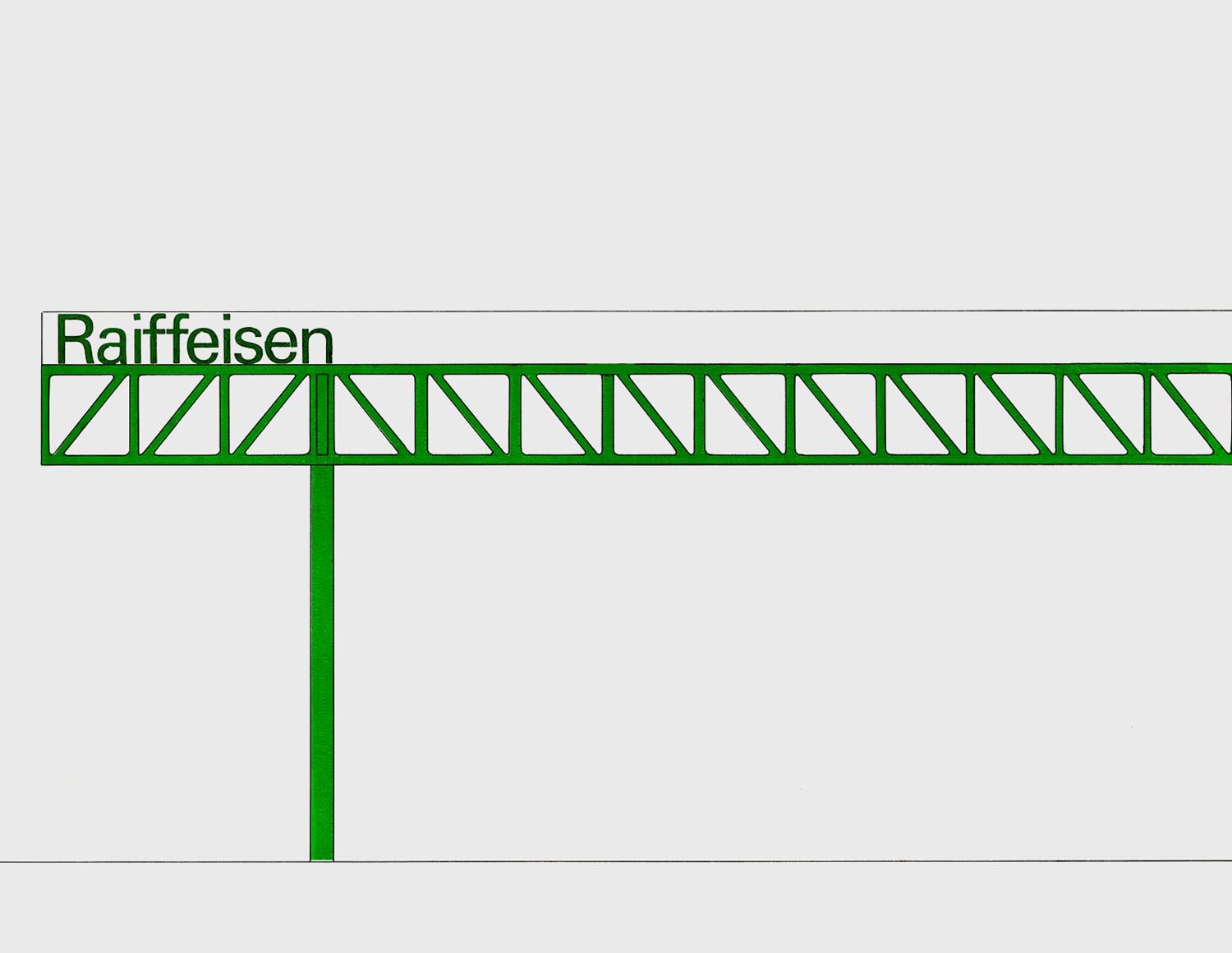
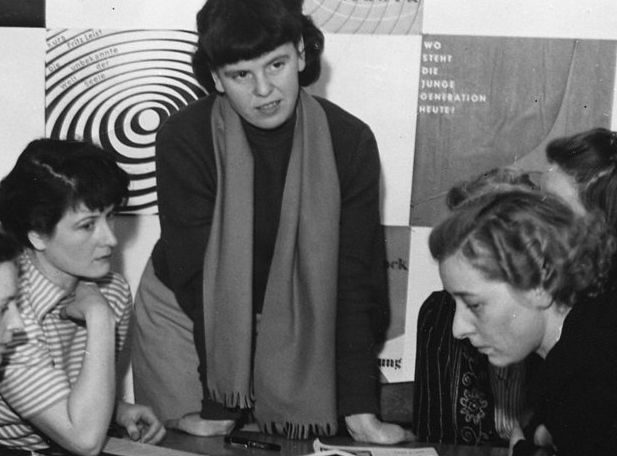
Inge Aicher-Scholl preserved the legacy of the White Rose.

An interview with design icon Stefan Sagmeister about typefaces, beauty and the legacy of Otl Aicher.
The International Design Center Berlin (IDZ) invites you to a slide show and panel talk at Architektur Galerie Berlin on 20 October. Karsten de Riese and Prof. Michael Klar will report on a photo reportage commissioned by BMW that took them to Tunisia in 1975 together...
On the occasion of the 50th anniversary of the 1972 Olympic Games, the IDZ invites you to a discussion on the vision of the Munich Games and the status quo as well as the future of the Olympic movement on 26 August. The event at Berlin’s Akademie der Künste on Pariser...
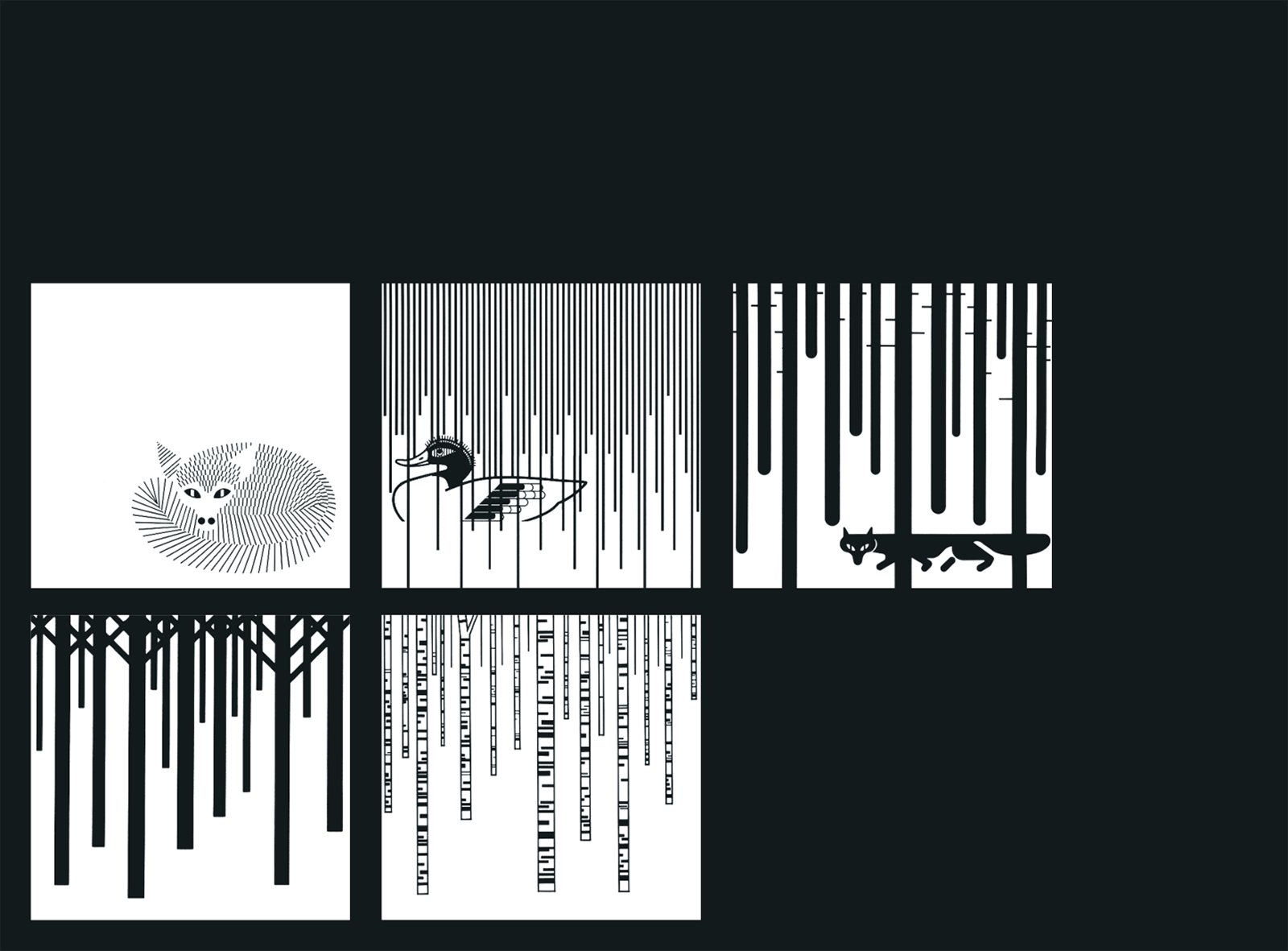
Isny im Allgäu owes Otl Aicher a corporate design that is concise, bold and singular.
With a retrospective of Otl Aicher’s book “kritik am auto – schwierige verteidigung des autos gegen seine anbeter” (Criticism of the Car – Difficult Defence of the Car against its Worshippers) published in 1984, the IDZ continues its series of events on the “otl...
Today marks the centenary of Otl Aicher’s birth. The International Design Center Berlin (IDZ) is taking this date as an opportunity to pay tribute to this great designer. With otlaicher100.de, a new online platform is being launched – a curated space that provides...
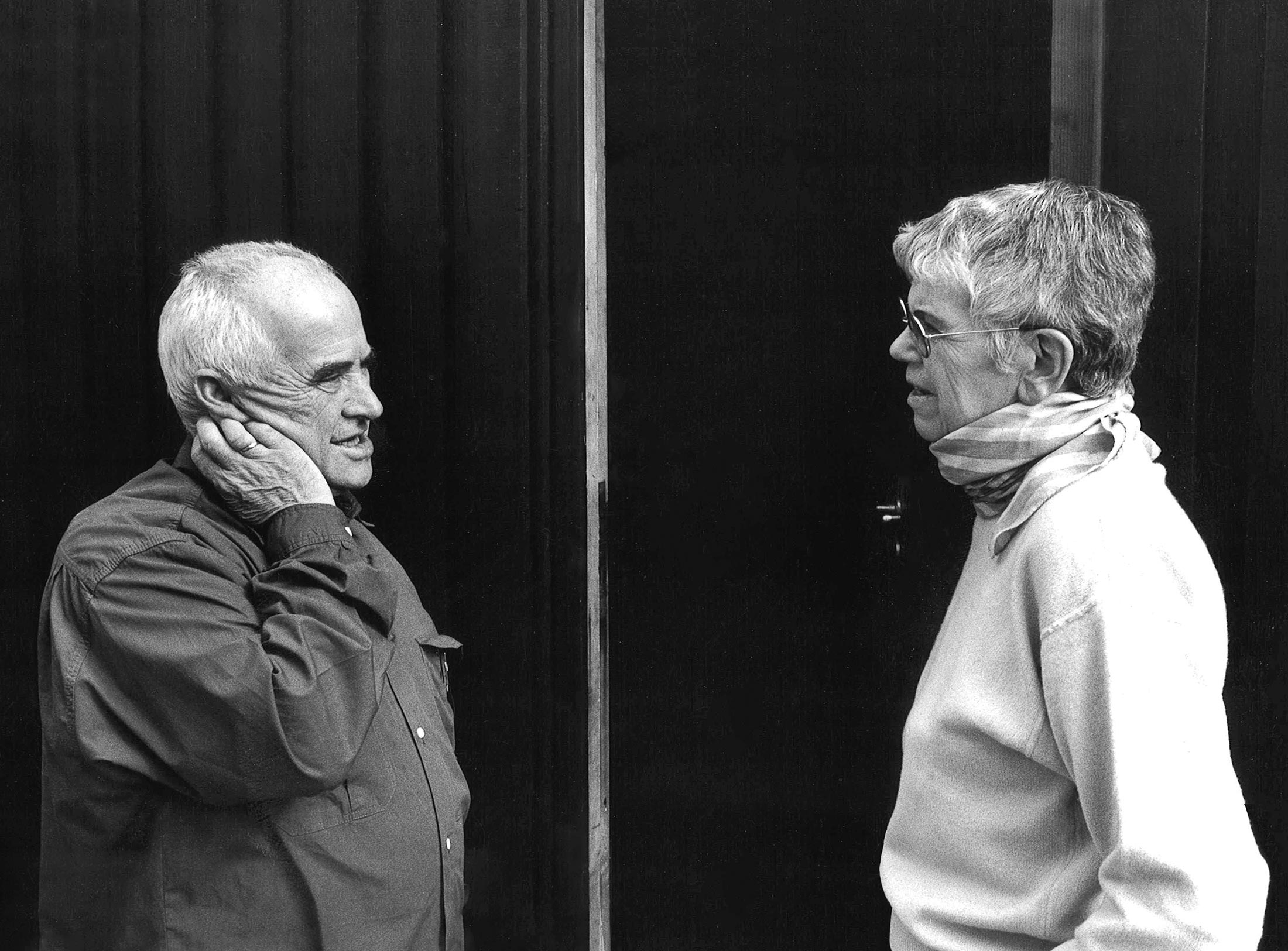
Reflections on Inge Aicher-Scholl and Otl Aicher.
The International Design Center Berlin (IDZ) is taking Otl Aicher’s centenary as an opportunity to pay tribute to this great designer and to make his work visible. An online platform and a series of events will address Otl Aicher’s multifaceted cosmos of topics and...
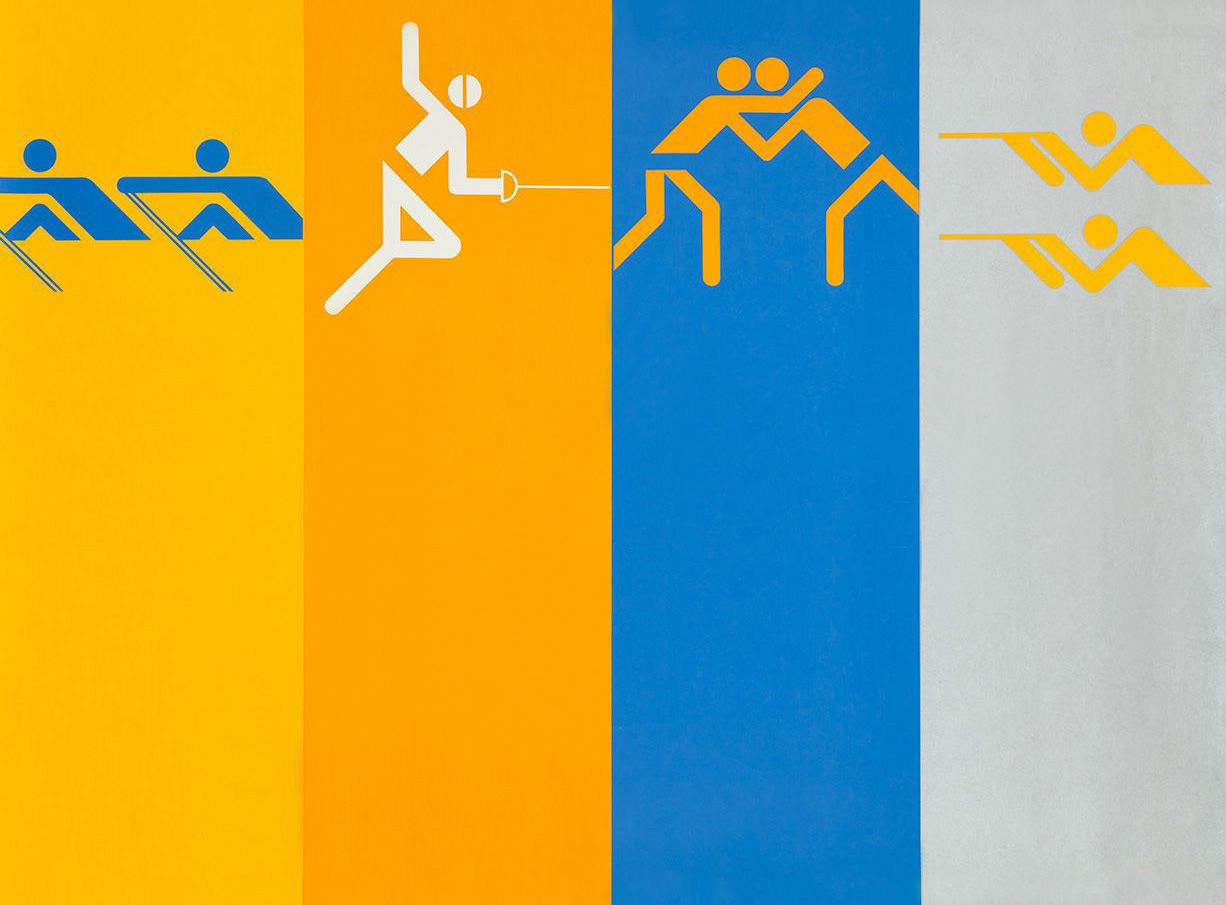
Eine Stadt leuchtet: Mit seinem farbenfrohen Erscheinungsbild der XX. Olympischen Sommerspiele 1972 setzte Otl Aicher ein Signal. Die junge Bundesrepublik war in der Moderne angekommen.
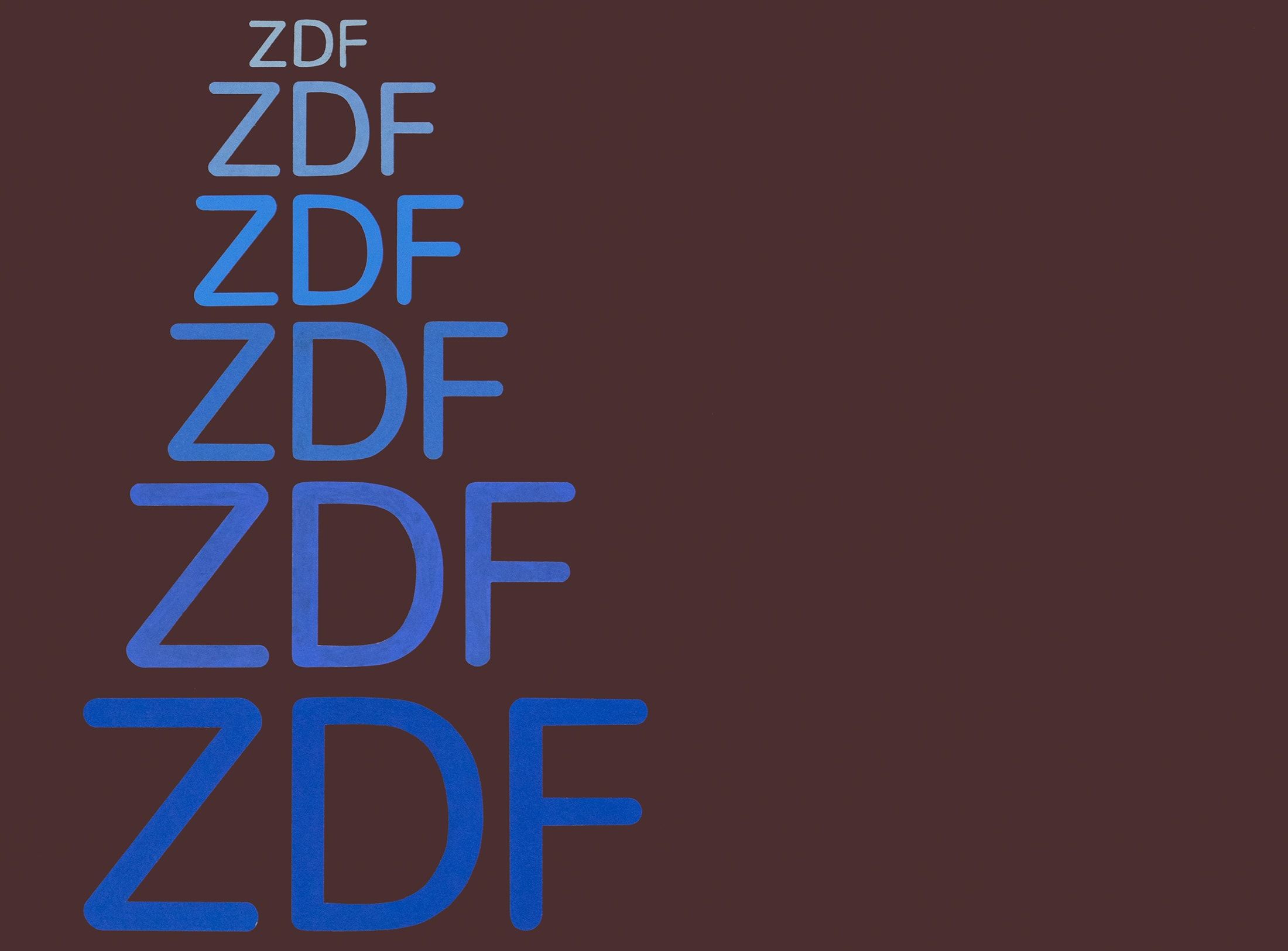
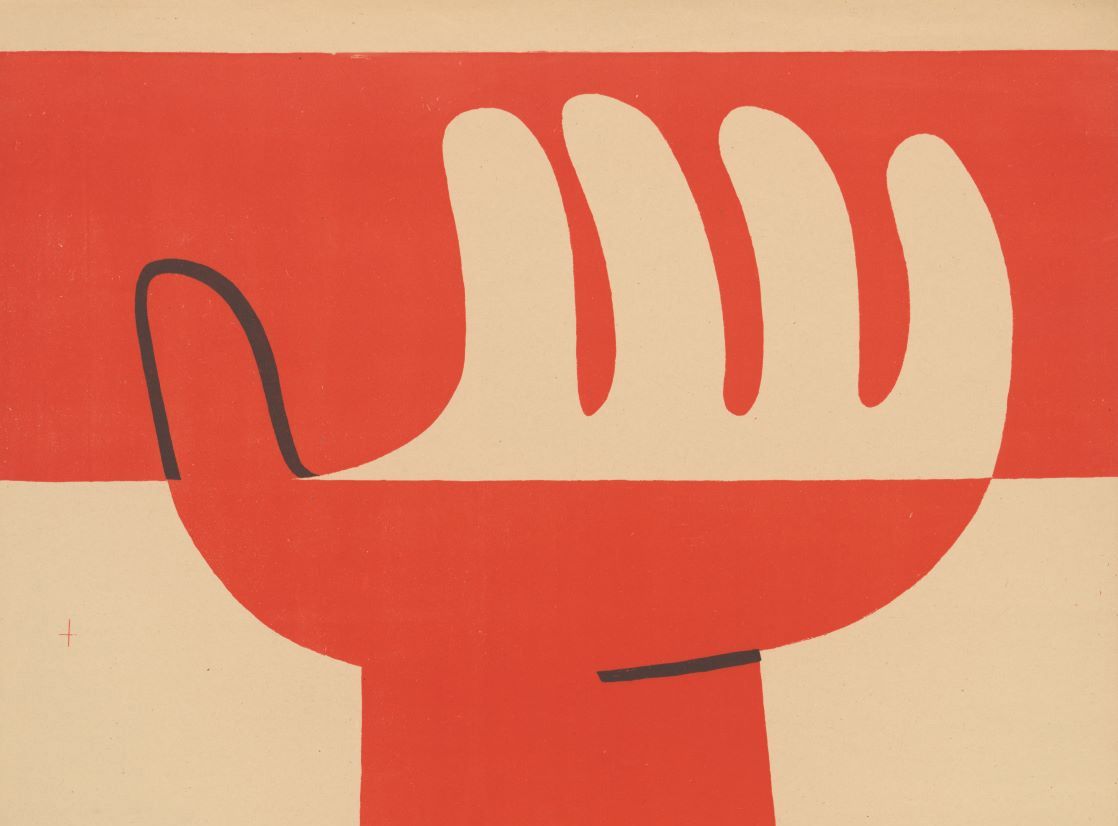
Otl Aicher’s Poster displays for the Ulmer Volkshochschule (Ulm Adult Education Centre).
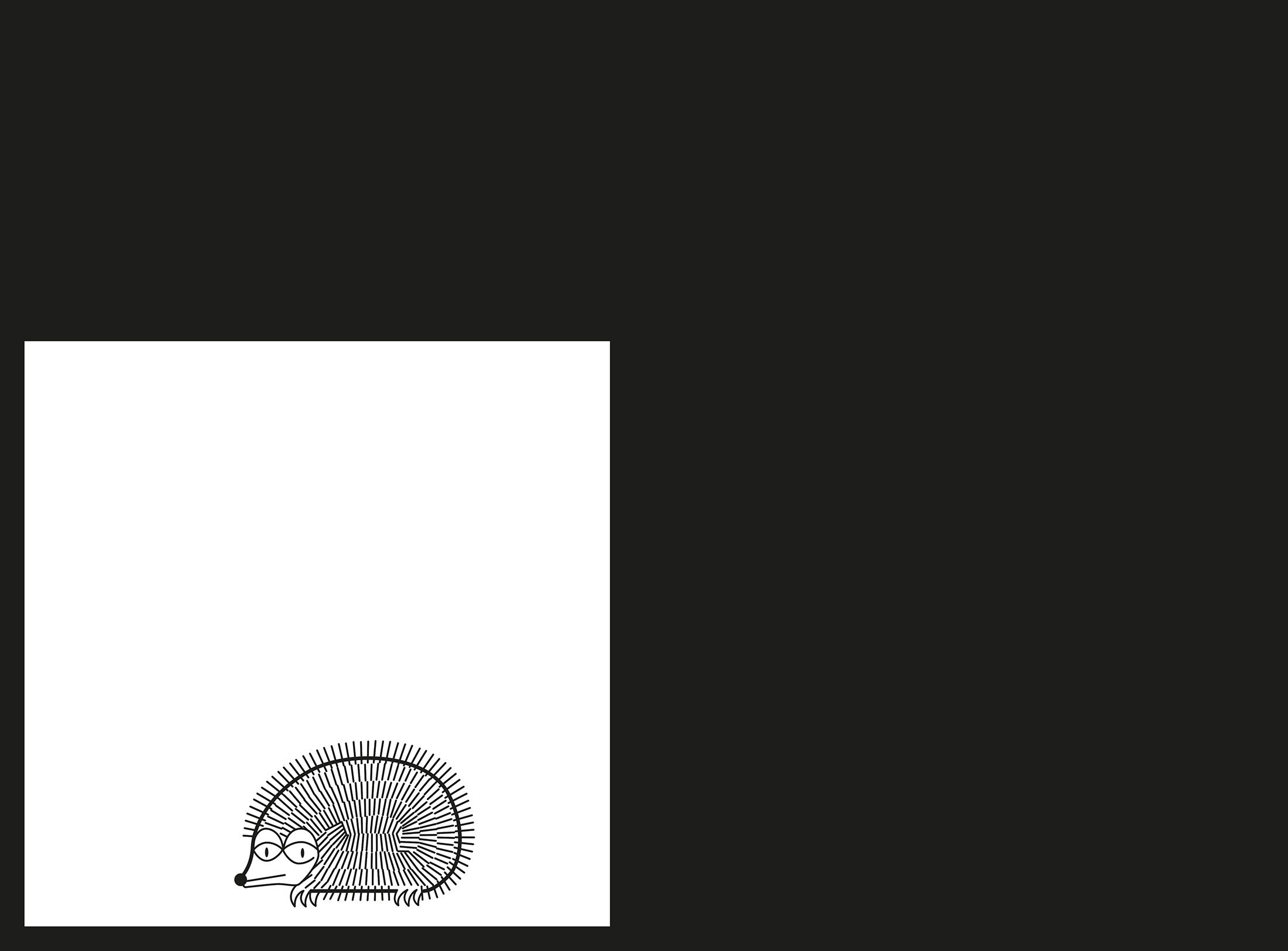
From O to R: Let’s talk about a hedgehog, standardisation and neurotis for a change (please click on the letters).
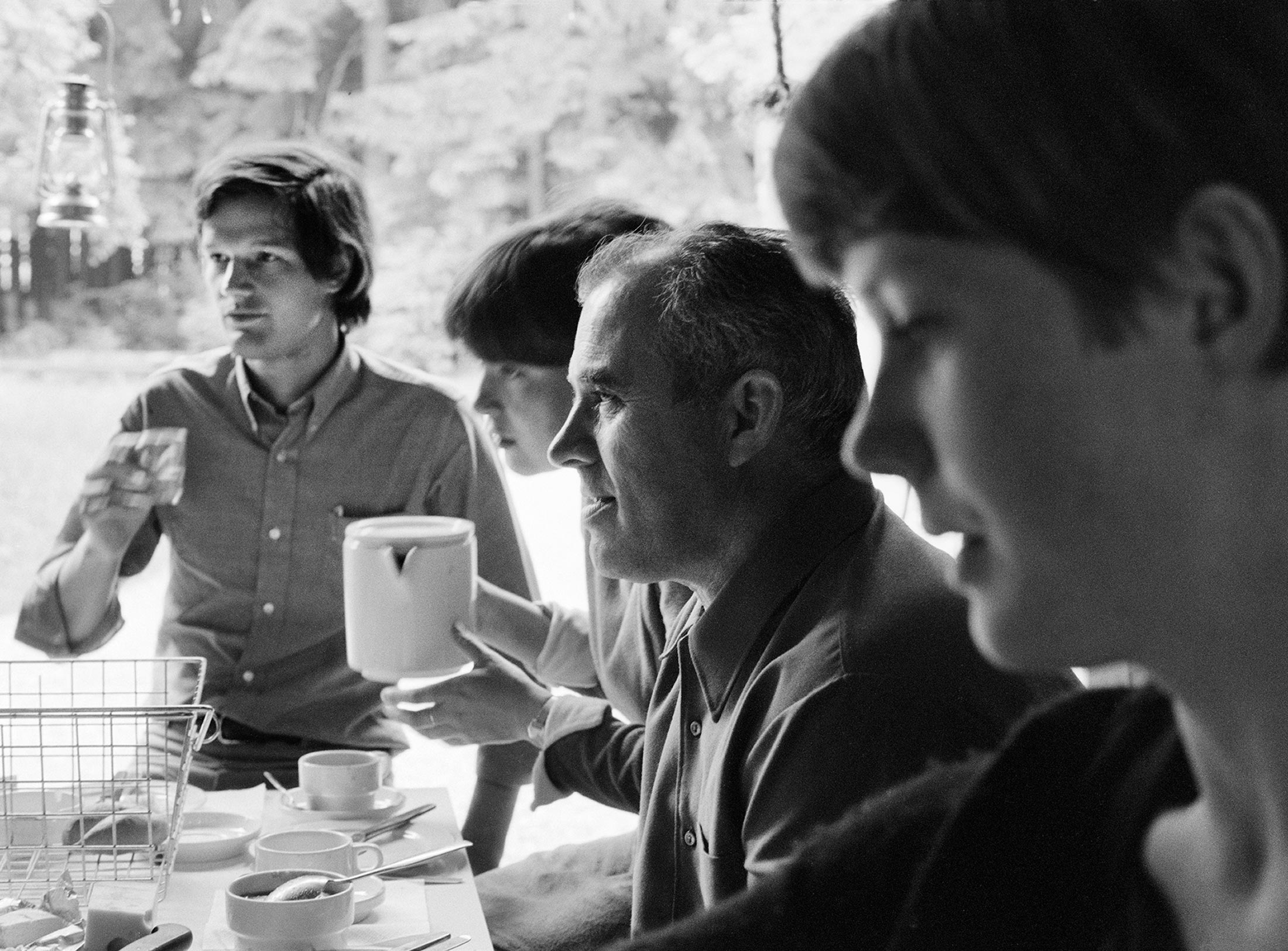
Otl Aicher’s Dept. XI team: the visual identity of the Munich ’72 Olympics was the work of graphic designers, illustrators and technical staff from all over the world.

Aicher’s childhood and youth: the years 1922 to 1945.

Otl Aicher’s signage systems for airports, metro stations and hospitals are considered exemplary to this day.
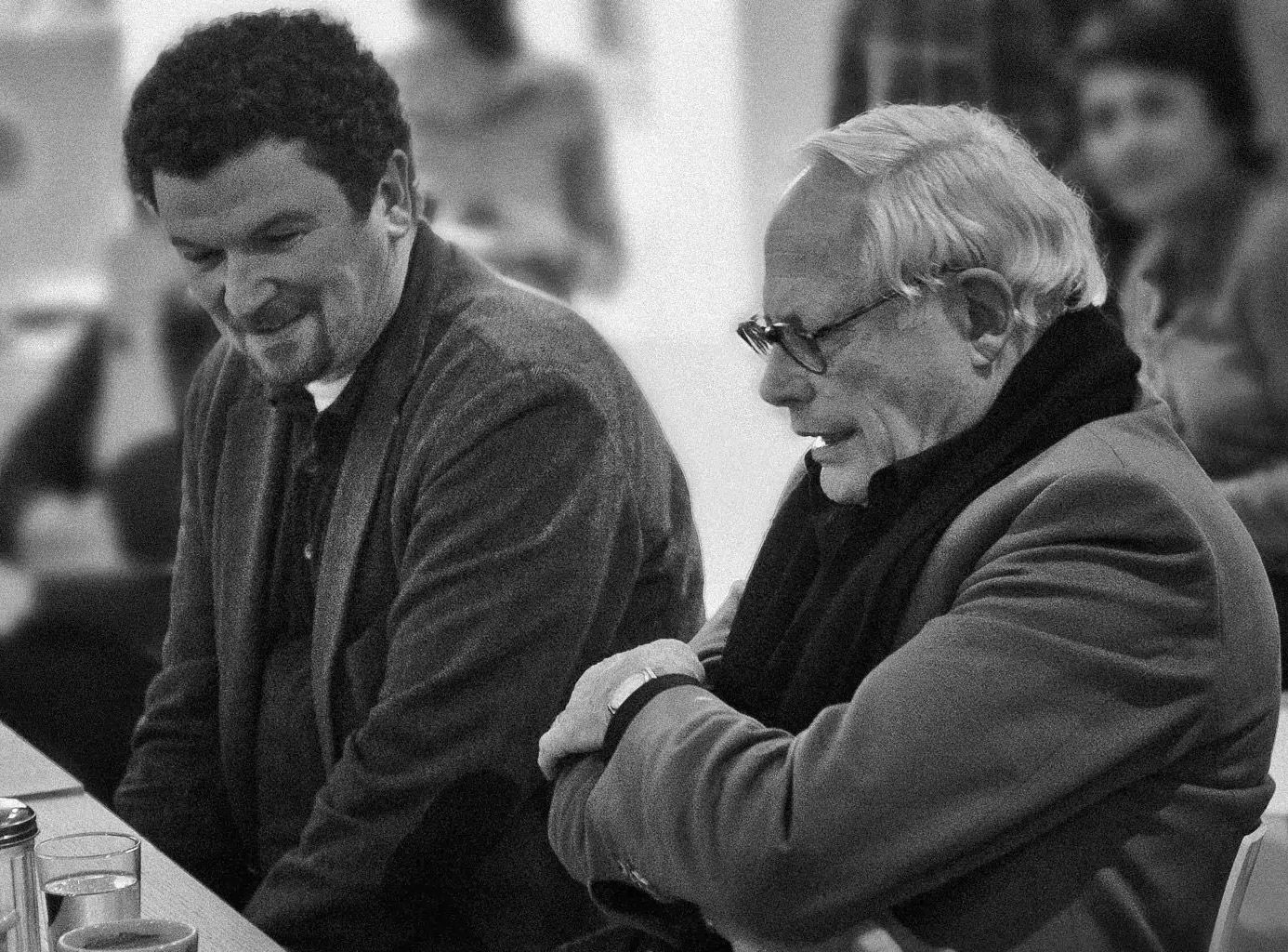
Der einstige Braun-Chef-Designer im Gespräch über den Co-Gründer der HfG.
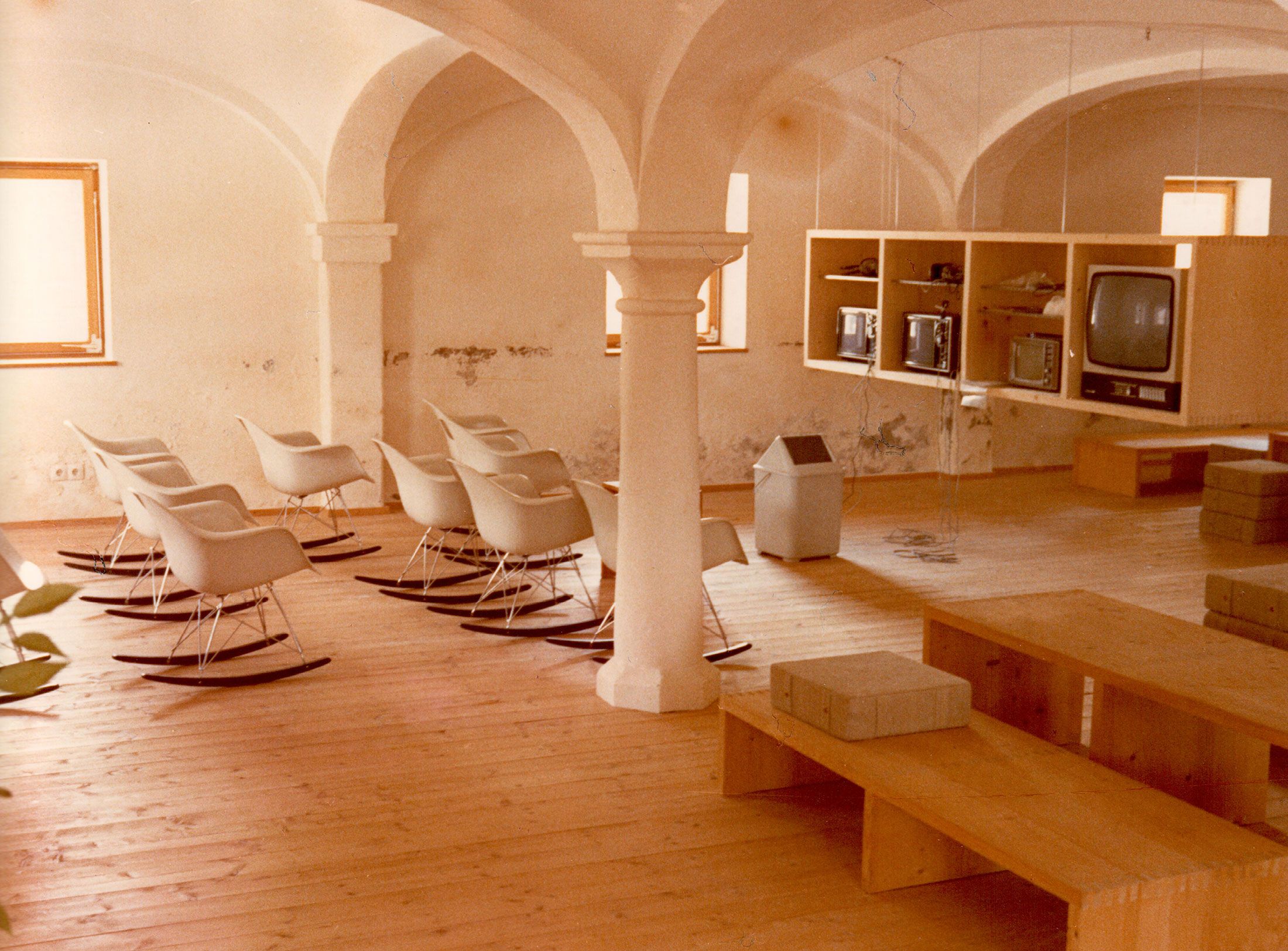
A Broadcast: What is his place in today’s world?
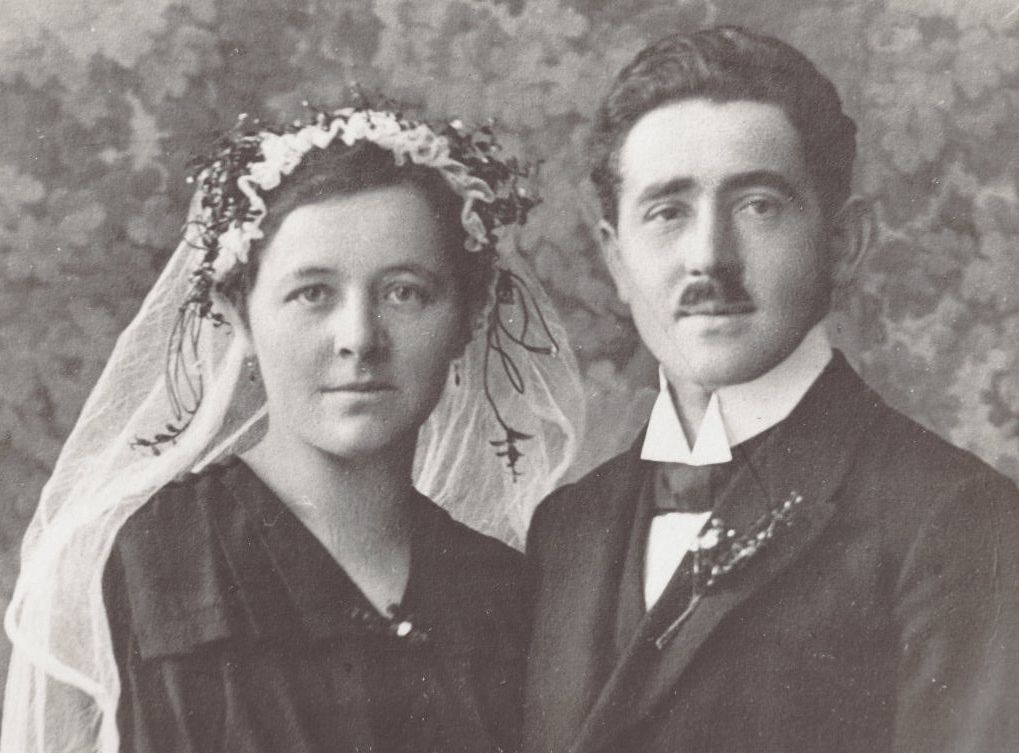
The Aichers: a brief family history.
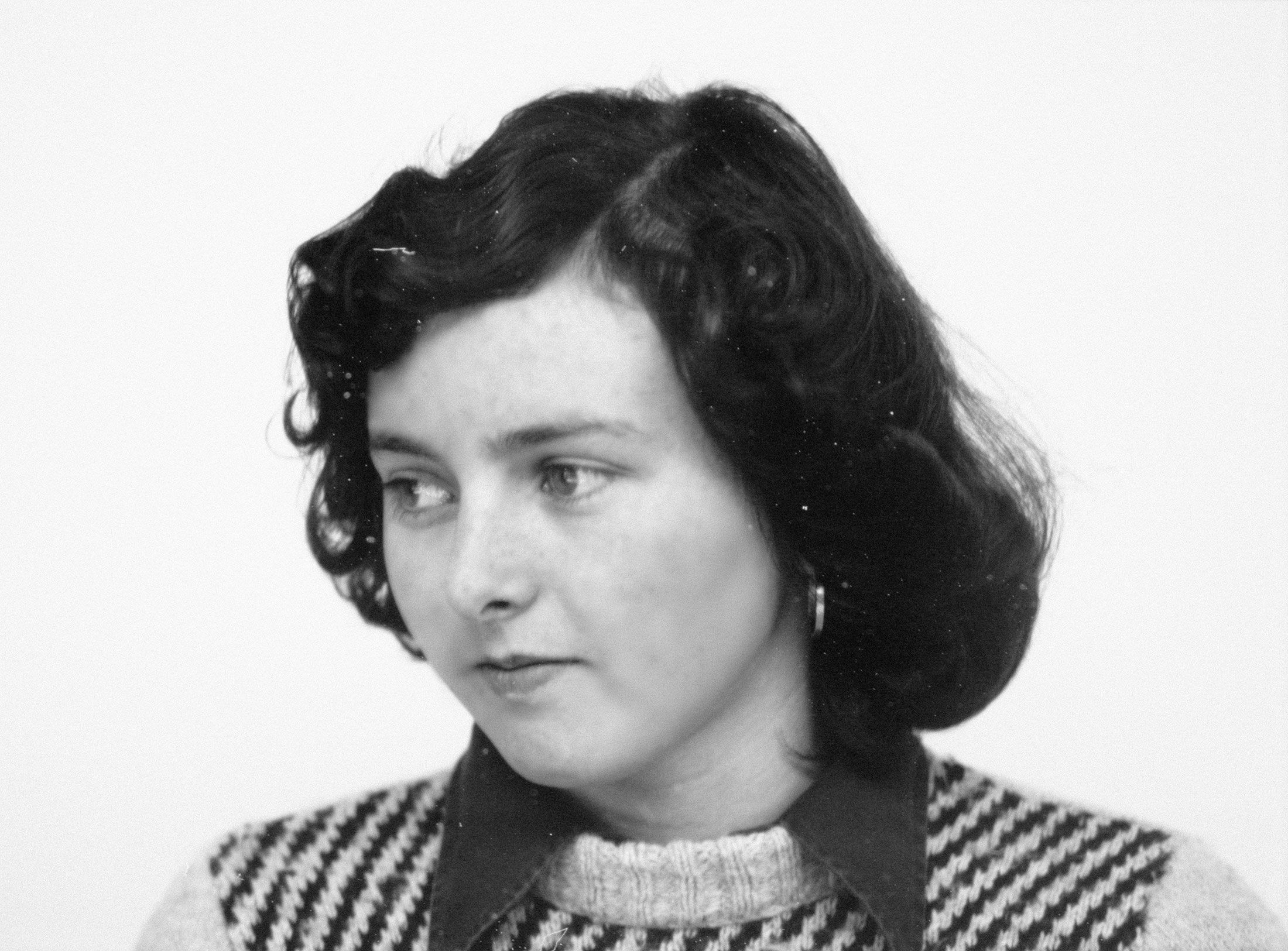
Drawing in Rotis: former Aicher co-worker Reinfriede Bettrich talks about hand sketches, the first computers and everyday life at the office.

How Otl Aicher’s papers and materials came to the HfG-Archiv/Museum Ulm.

Die Küche zum Kochen (The Kitchen for Cooking) – the genesis of a book that has lost none of its relevance.

How a dachshund conquered the world: former Aicher staff member Elena Schwaiger on plush animals, fakes and the authentic mascot of the 1972 Olympic Games in Munich.
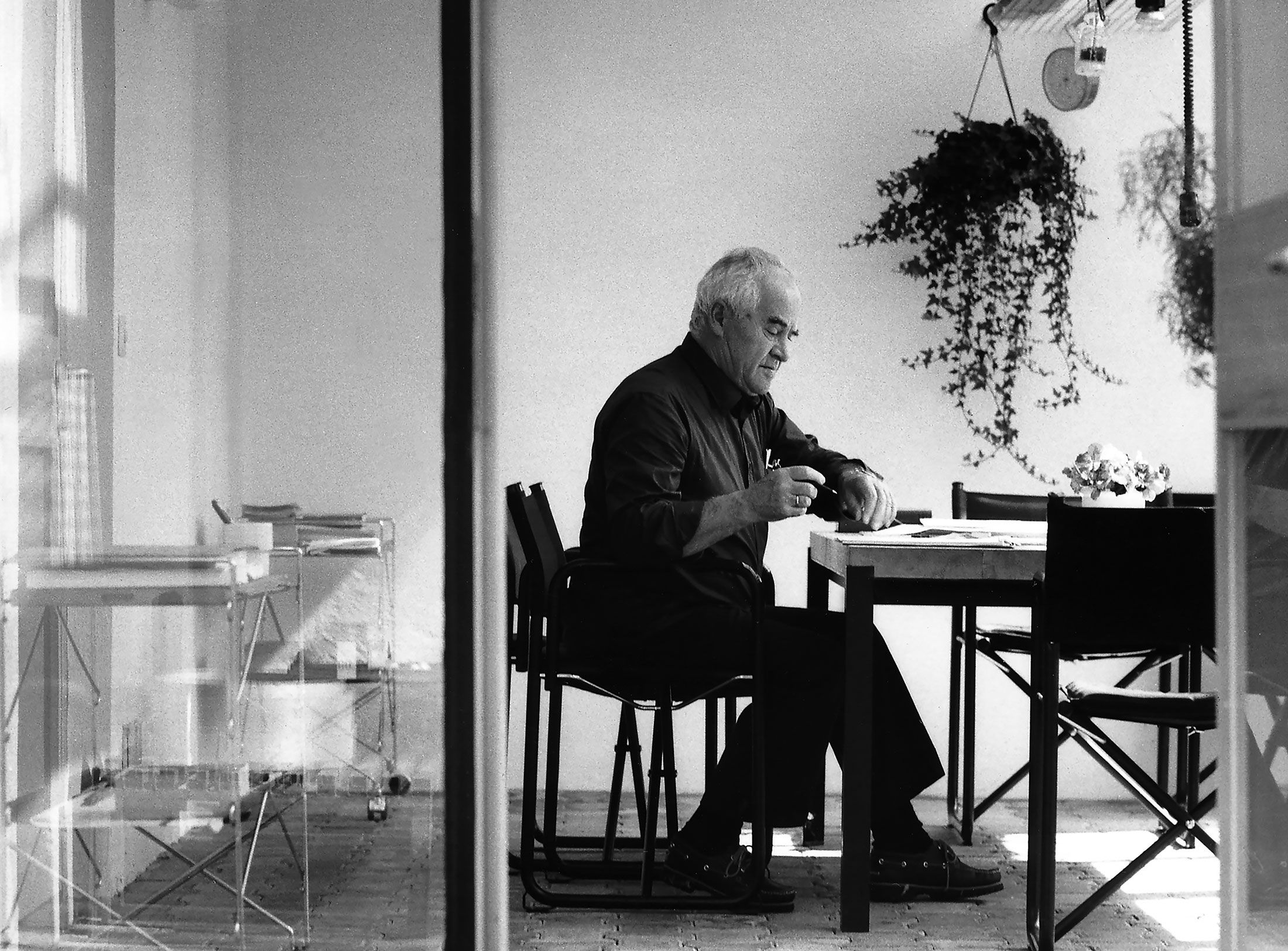
Le Violon d’Ingres or An Attempt to Defend the Writings of Otl Aicher.

Otl Aicher as the architect of Rotis.

Otl Aicher and his critique of the automobile.

First broadcast: 15.02.1971 on Bayerischer Rundfunk, Munich (Only available in German).
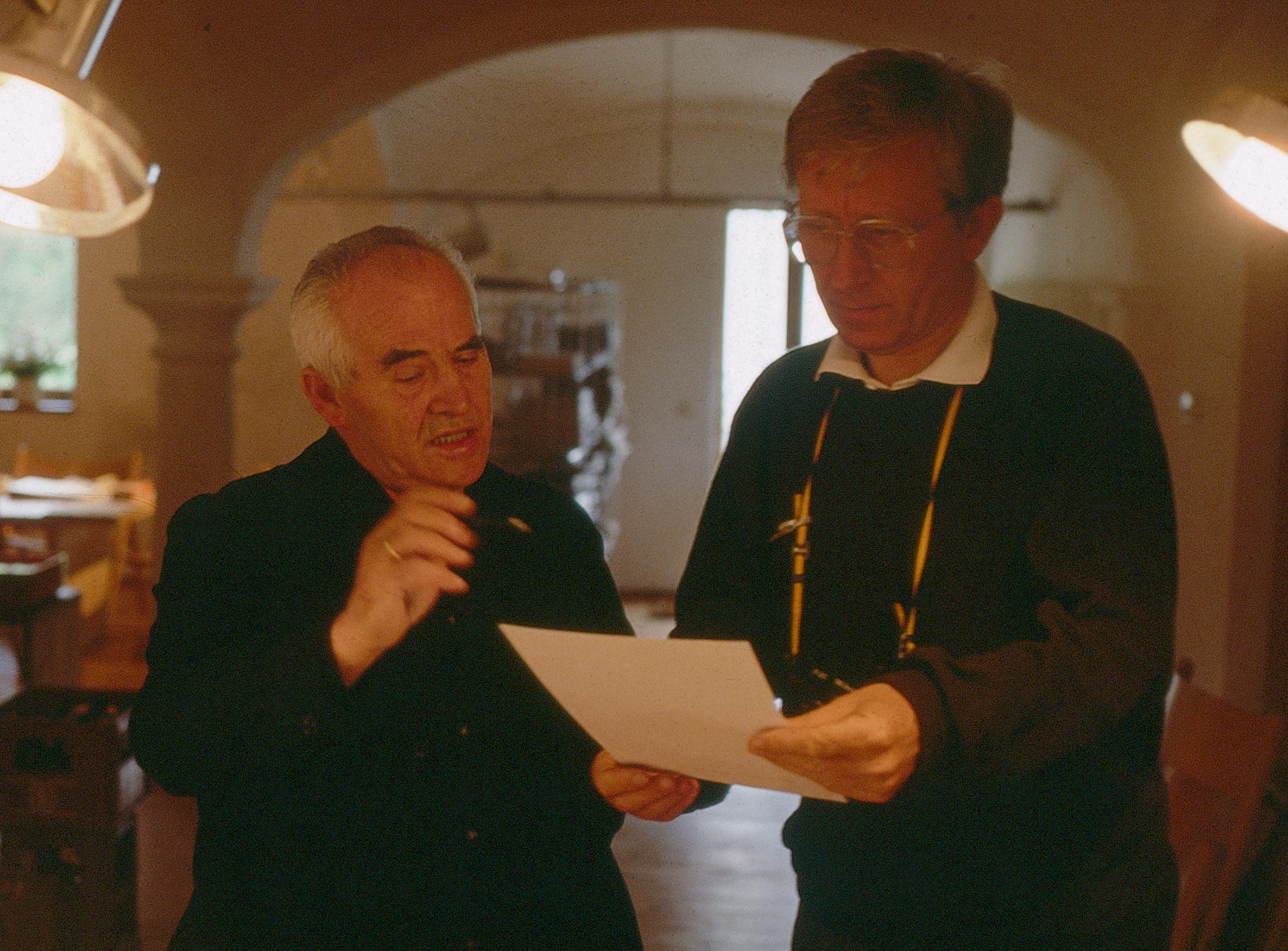
Interviewed: Jürgen Werner Braun on his collaboration with Otl Aicher.
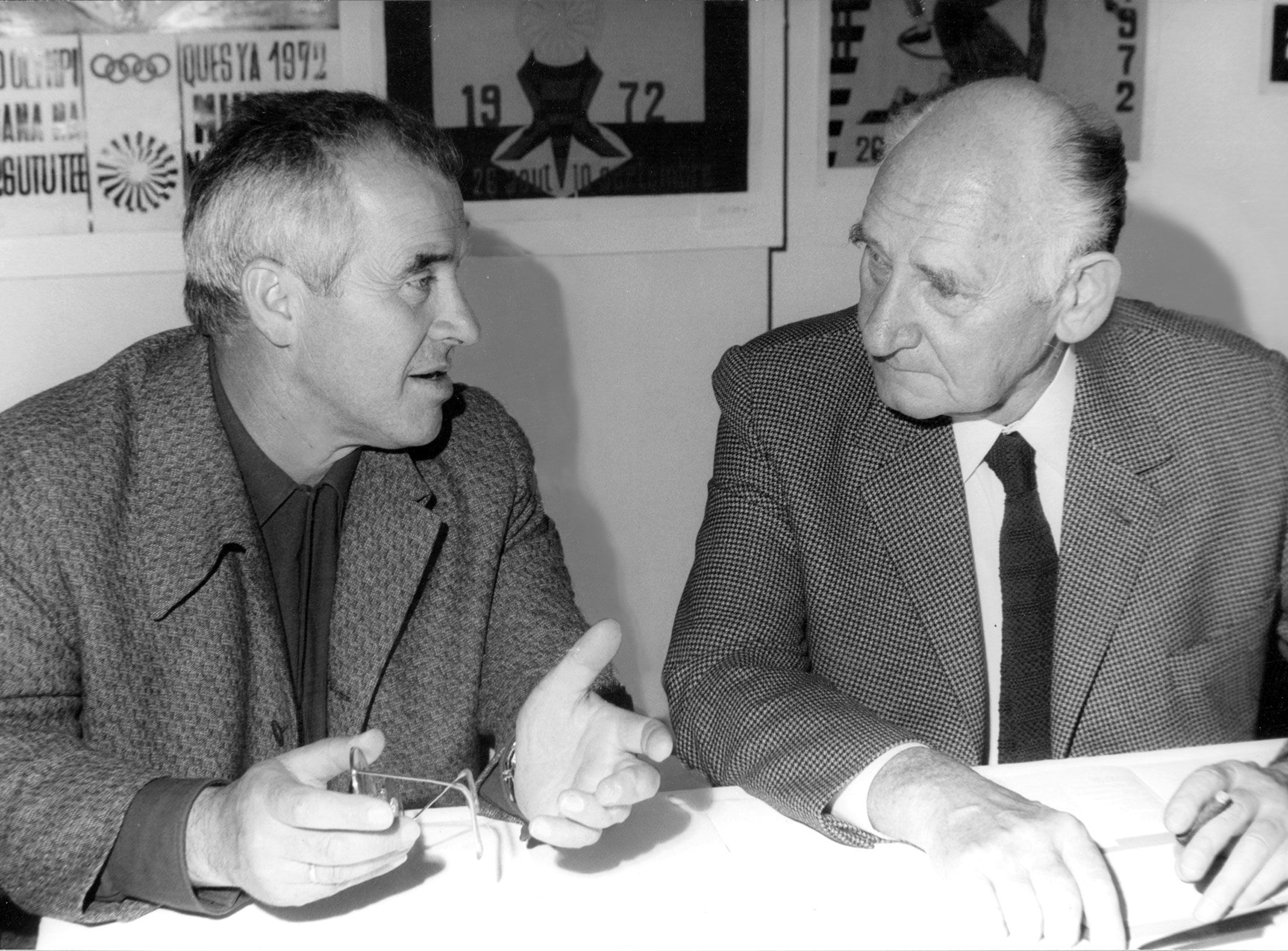
They created the signature of an epoch: designers Otl Aicher, Willy Fleckhaus, Anton Stankowski and Kurt Weidemann.

In 2000, the designer and semiotician Martin Krampen presented Otl Aicher’s 328 posters for the Ulmer Volkshochschule (vh) in a comprehensive publication. Krampen’s text about the vh’s poster displays is taken from this book.
From the beginning, advertising for the Ulmer Volkshochschule was also an economic problem. The posters on pillars in Ulm were initially put up by the city. After the currency reform of July 1948, the funds of the Adult Education Centre became scarcer and the city took over part of the advertising costs. In return, municipal employees were allowed to attend vh-courses in shorthand and typewriting free of charge. Soon afterwards, the city leased out the poster company. Negotiations were held with the new entrepreneur about the adult education centre and the municipal theatre having their own billboards. In late autumn 1950, the Ulmer Volkshochschule asked to be allowed to put up 40 of its own billboards. Without waiting for approval, the production of 40 of these boards was commissioned. In December 1950, a site visit took place with representatives of the Adult Education Centre, the Office for Public Order, the City Planning Office and the local Land Office, in which locations for 25 of the new vertical billboards were determined.
Poster display for the Ulmer Volkshochschule (around 1953). Design: Otl Aicher. Photographer unknown. © Florian Aicher Rotis, HfG Archive / Museum Ulm. HfG-Ar Ai F 16101-5
Poster display for the Ulmer Volkshochschule (around 1953). Design: Otl Aicher. Photographer unknown. © Florian Aicher Rotis, HfG Archive / Museum Ulm. HfG-Ar Ai F 16101-5
Poster display for the Ulmer Volkshochschule (around 1953). Design: Otl Aicher. Photographer unknown. © Florian Aicher Rotis, HfG Archive / Museum Ulm. HfG-Ar Ai F 1199
Kurt Fried, newspaper editor and city councillor and thus one of the key figures in Ulm’s cultural life, wrote in the Monthly Review of February 1951, according to the entry in his monthly diary of 10th January: “The admonishing totem poles of the vh, the new billboards we mean, are appearing in the cityscape. Not to be overlooked. Highly original!” The city’s economic department then agreed to the installation retrospectively with a reprimanding remark. Approval for a total of 40 poster pillars followed, and the city continued to make a monthly contribution to the cost of the poster display, which was settled with the leaseholder (protocols 1950). From then on, the vertical posters of the monthly “Thursday lectures” of about 40 x 80 cm found their permanent place under the signet of about 40 x 40 cm and at the foot of the display were two square posters of 40 x 40 cm, each for events. The previous typographic programmes of about 40 x 60 cm were placed in the middle between the portrait format and the two square posters. The result was a display with a height of approx. 2.60 m on a base of approx. 40 cm. In terms of typography, these display columns mark the definitive transition to normal typesetting.
Otl Aicher, "Rhythmus und Wandel in der Kunst", vh poster ca. 1950, © Florian Aicher, HfG Archive / Museum Ulm
Otl Aicher, "Rhythmus und Wandel in der Kunst", vh poster ca. 1950, © Florian Aicher, HfG Archive / Museum Ulm
Otl Aicher, Jürgen Uhde - "Einführung in Bela Bartok", vh poster 1950, © Florian Aicher, HfG Archive / Museum Ulm
Otl Aicher, Course and Exhibition Poster, vh poster 1953, © Florian Aicher, HfG Archive / Museum Ulm
Otl Aicher, Course and Exhibition Poster, vh poster 1953, © Florian Aicher, HfG Archive / Museum Ulm
Otl Aicher, cutout break poster, vh poster, before 1960, © Florian Aicher, HfG Archive / Museum Ulm
Martin Krampen (1928-2015) was a designer, artist and semiotician. He studied theology, psychology and art history at the universities of Tübingen and Heidelberg and Rome from 1948 to 1950 before completing an internship at Otl Aicher’s graphic design studio in Ulm in autumn 1953. In December 1953, he enrolled at the Ulm School of Design (HfG), where he studied visual communication and later taught as a lecturer at the HfG. He was professor for design and psychology in the USA and Canada, and from 1972 to 2005 he was a lecturer at the Hochschule für Gestaltung Schwäbisch Gmünd. With Aicher, he published the book “Zeichensystem der visuellen Kommunikation. Handbook for designers, architects, planners, organisers”. In 2000, Krampen’s book “Otl Aicher – 328 Posters for the Ulmer Volkshochschule” was published, from which the text above is taken.
The publication of this text is made possible by the kind permission of Reintraut Semmler, the executor of Martin Krampen’s estate in Ulm by the publishing house Wilhelm Ernst & Sohn, Berlin. Martin Krampen: “Otl Aicher – 328 Plakate für die Ulmer Volkshochschule.” Page 120, Berlin 2000. Copyright Ernst & Sohn GmbH, Publishing Group Wiley-Blackwell, Hoboken (New Jersey), Reproduced with permission.


How a dachshund conquered the world: former Aicher staff member Elena Schwaiger on plush animals, fakes and the authentic mascot of the 1972 Olympic Games in Munich.

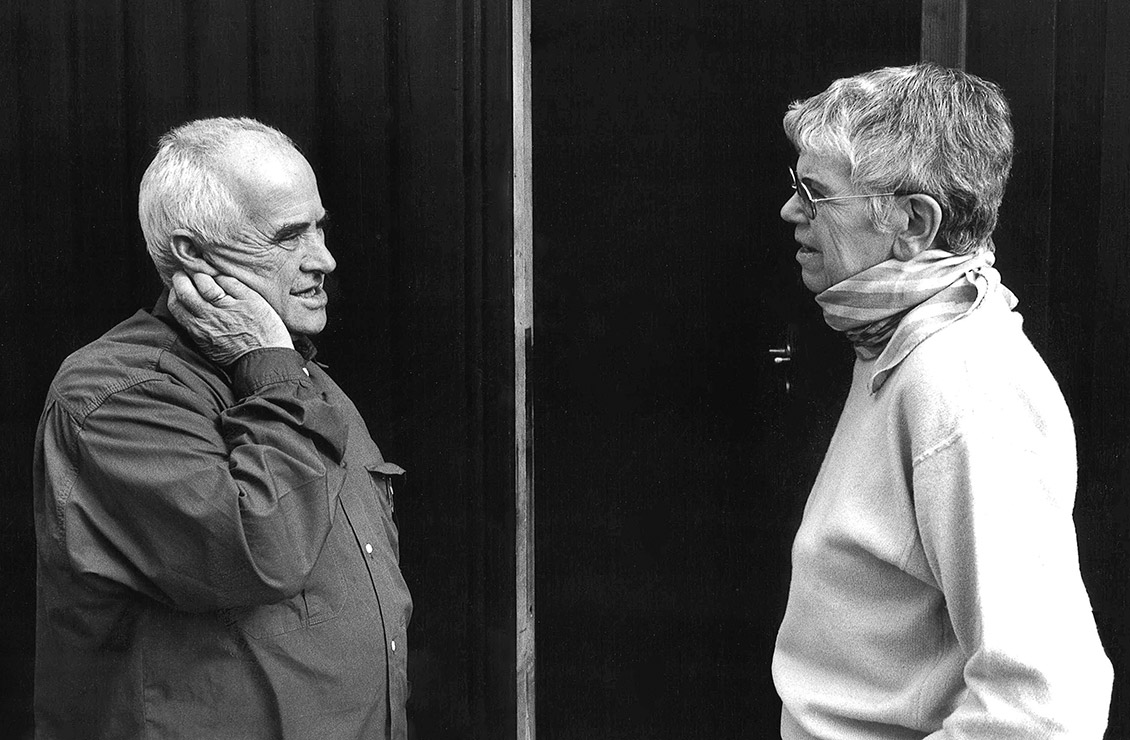
Reflections on Inge Aicher-Scholl and Otl Aicher.

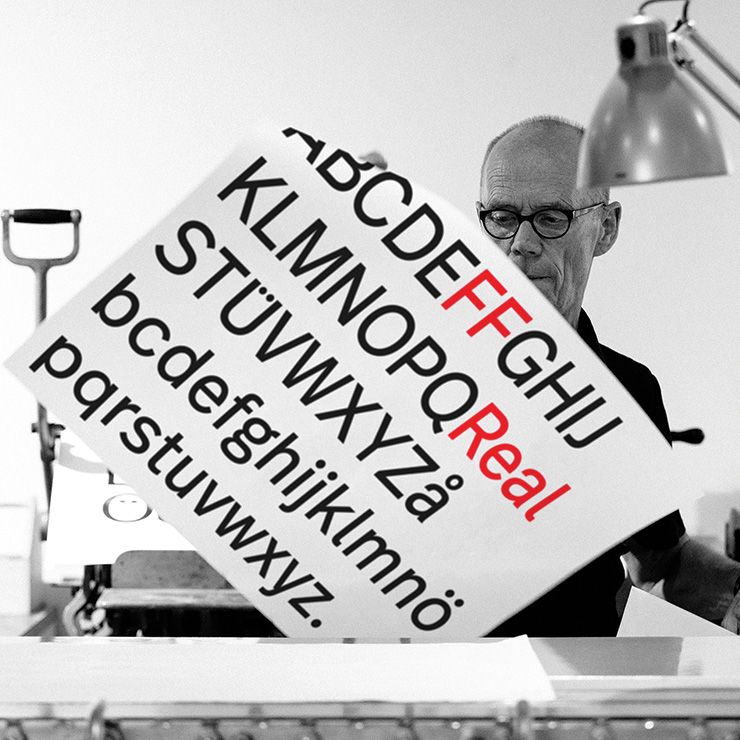
Interviewed: Erik Spiekermann, type designer, author and Aicher critic.